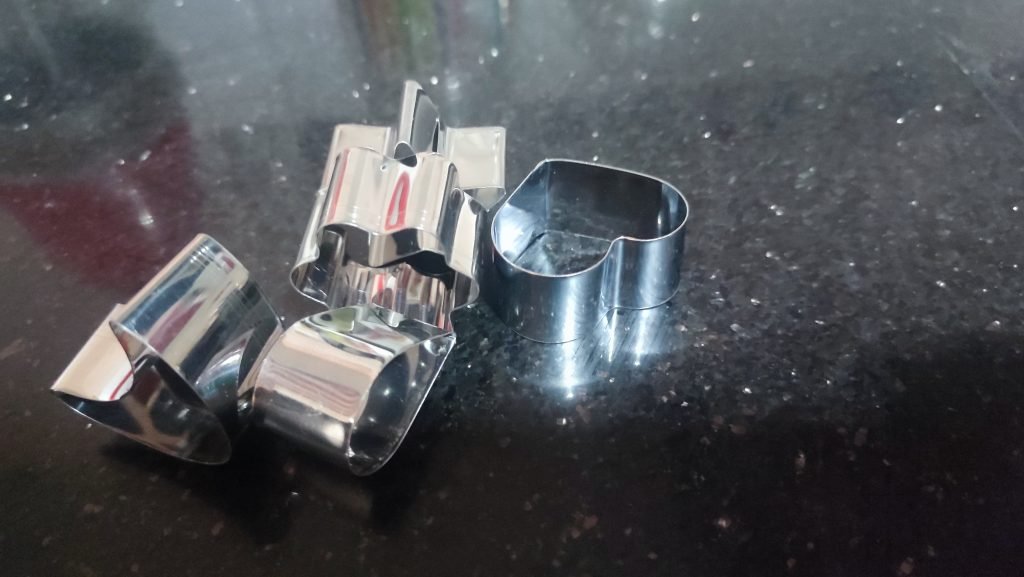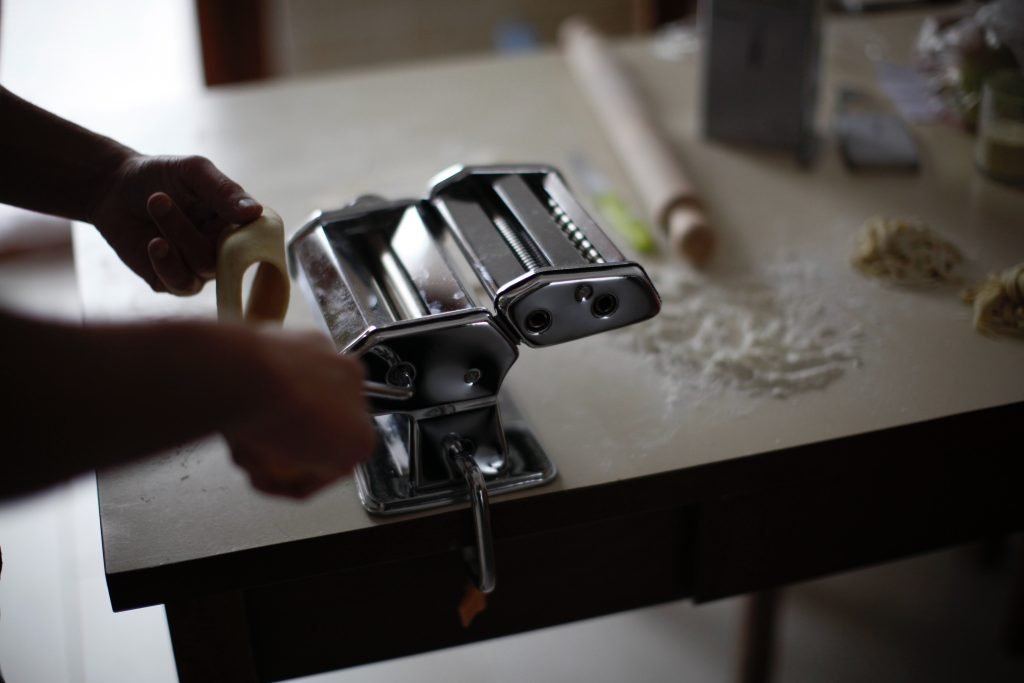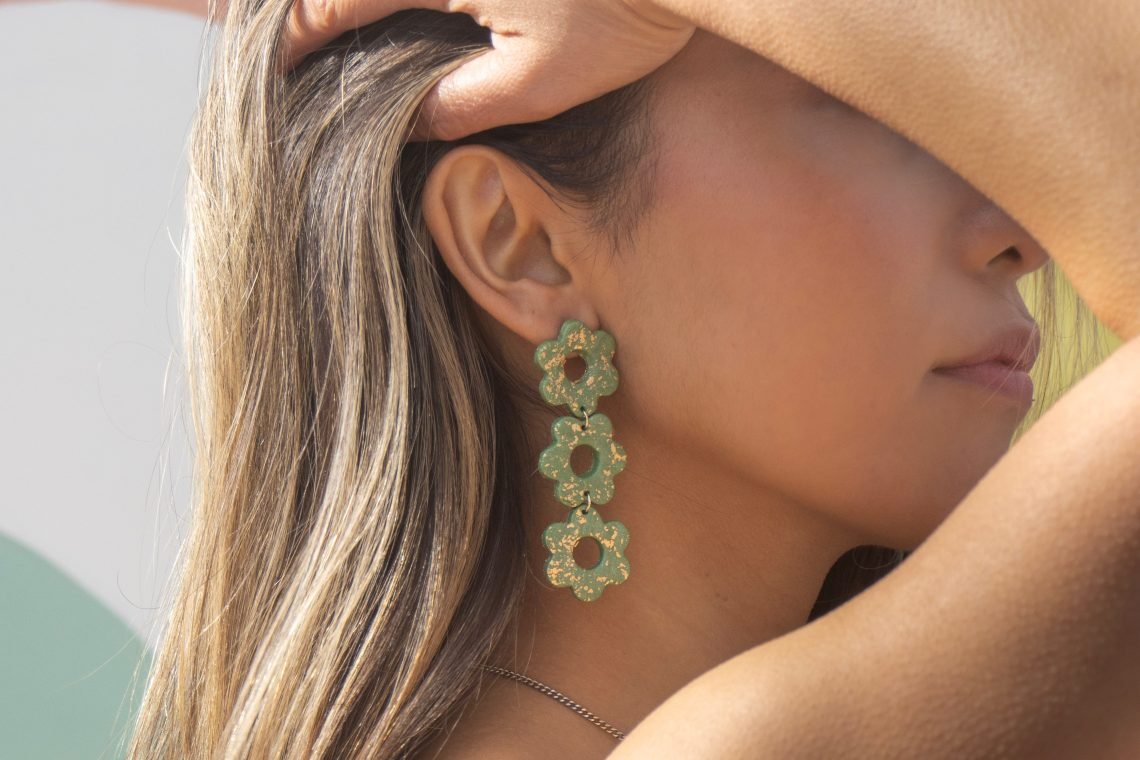Working with polymer clay requires specific tools to facilitate creation and achieve precise results. Here is a list of essential tools for working with polymer clay:
1. Blades: Precision blades are essential for cutting the clay, creating shapes, and achieving fine details. You can use scalpel blades, precision knives, or tools specifically designed for polymer clay sculpting.
2. Rolling pin: An acrylic or wooden rolling pin is useful for flattening and rolling out the clay to a consistent thickness. Make sure to use a rolling pin specifically designated for polymer clay to avoid any contamination from food residue.

3. Modeling tools: Modeling tools are used for sculpting and shaping polymer clay. They can include texture tools, ball-ended tools, fine-point tools, rubber-tipped tools, and more, depending on your specific needs.

4. Work surfaces: Glass or ceramic work surfaces provide a smooth, non-stick surface for working with the clay. They also allow for color mixing or gradients without the clay sticking.
5. Cutters: Cutters are handy tools for cutting precise shapes in polymer clay. They are available in a variety of shapes and sizes to meet your creative needs.

6. Brushes: Different-sized brushes are necessary for applying finishes, varnishes, or paints to polymer clay. Make sure to use brushes designated for this purpose to avoid any contamination from other materials.

7. Sanding tools: Sanding tools, such as sandpaper or sanding blocks, are used to smooth the edges and surfaces of polymer clay after baking. They help achieve a smooth and professional finish.
8.Baking supports: Baking supports, such as ceramic tiles, Teflon sheets, or glass baking sheets, are needed to place polymer clay creations in the oven during baking. Make sure to use supports suitable for the recommended baking temperature specified by the manufacturer of your clay.
9-The pasta machine: saves time and allows you to achieve more consistent work surfaces. This machine has various thickness settings.

These basic tools are essential for working efficiently with polymer clay and creating a wide range of artistic creations.
safety measures and precautions:
Working with polymer clay requires taking certain safety measures and precautions to ensure your well-being and minimize risks. Here are some important safety measures to follow:
1. Ventilation: Make sure to work in a well-ventilated area or use a respiratory protection mask to avoid inhaling fumes released during polymer clay baking.
2. Hand Protection: Wear nitrile or latex gloves to protect your hands when handling the clay, especially if you have allergies or chemical sensitivities.
3. Use Appropriate Tools: Use tools specifically designed for polymer clay to avoid damaging other kitchen or DIY tools. Handle the tools with care to avoid cuts or injuries.
4. Heat Handling: When baking polymer clay, carefully follow the manufacturer’s instructions regarding recommended temperature and baking time. Use a dedicated oven for polymer clay and avoid using it for food afterward.
5. Avoid Ingestion: Polymer clay is not meant to be consumed. Avoid bringing it near your mouth or eating while working with the clay. Thoroughly wash your hands after handling the clay.
6. Proper Cleaning: Clean work surfaces, tools, and your hands after working with polymer clay. Use soap and water or wet wipes to remove any clay residue.
7. Secure Storage: Keep polymer clay and tools out of reach of children and pets to prevent accidents or unintended ingestion.
8. Follow Manufacturer’s Warnings: Read and carefully follow the instructions and warnings provided by the polymer clay manufacturer to ensure safe and proper usage of the product.
By following these safety measures and precautions, you can work with polymer clay with peace of mind and enjoy your creative experience while minimizing potential risks.




Leave a Comment